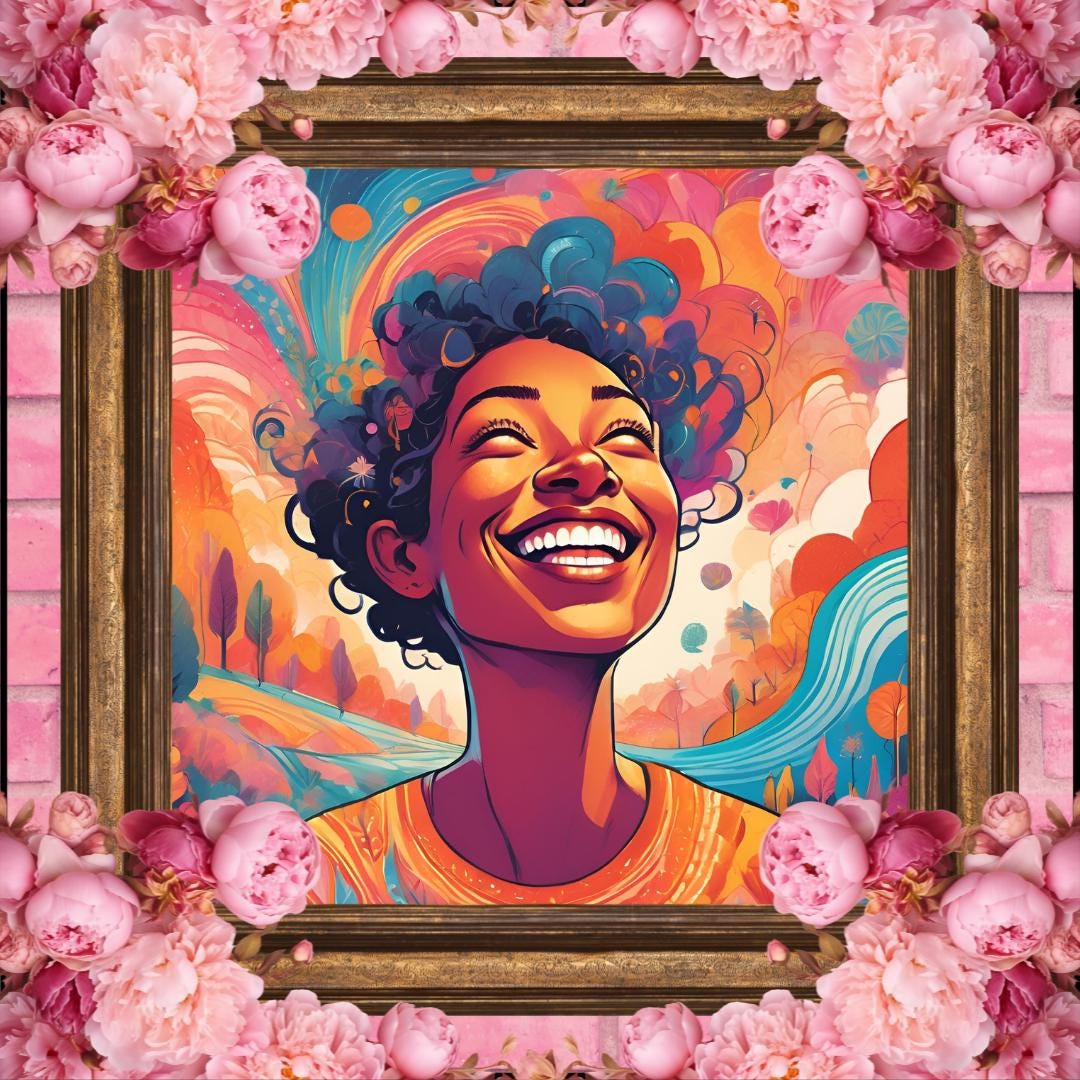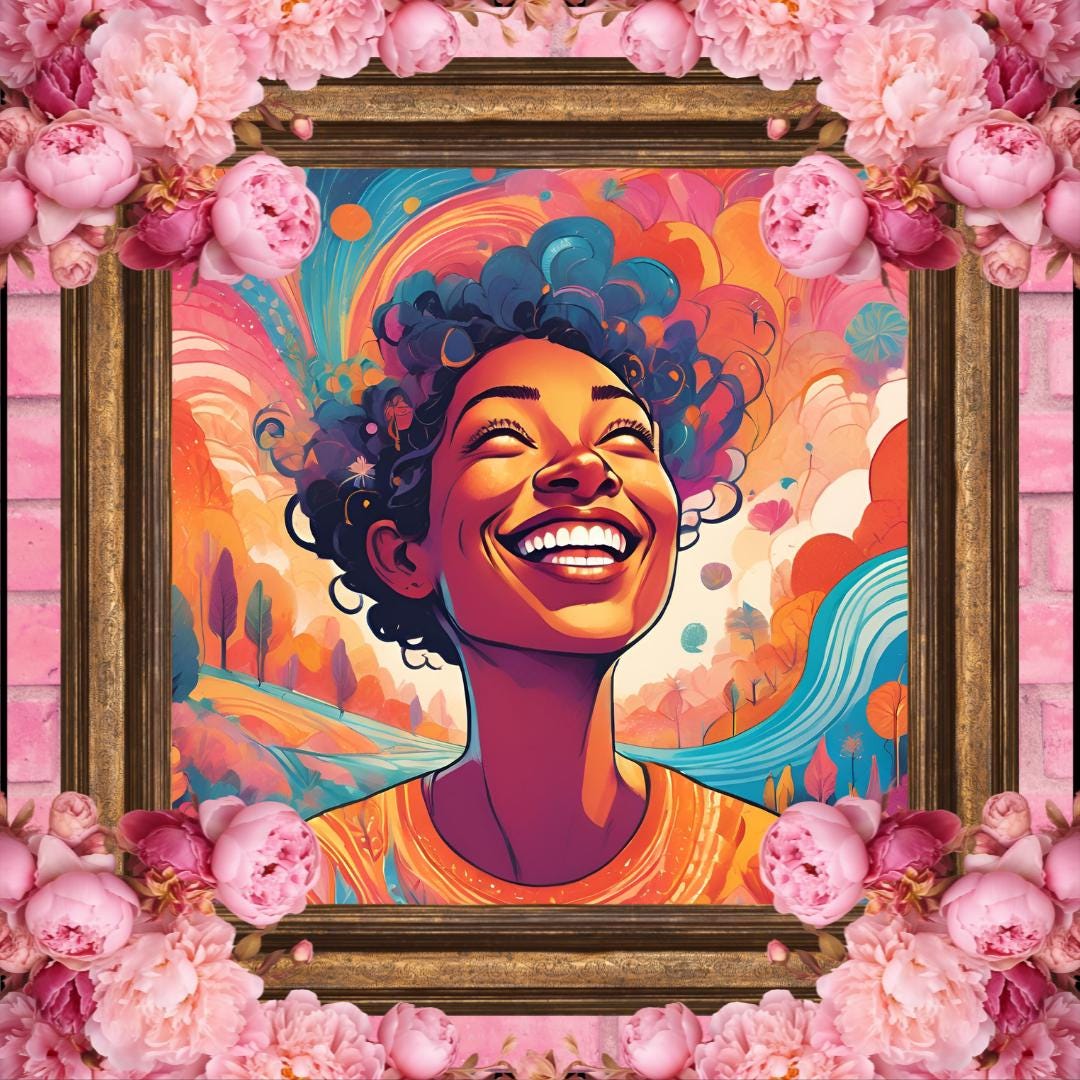
Honoring the Visual Mind: What Temple Grandin Teaches Us About Visual Thinking
We live in a world built for verbal thinkers—one that favors words over images, outlines over blueprints, and theories over tangible results. But what if some of the greatest minds on the planet don’t think in words? What if the gifts of innovation, creativity, and precision live in those who see the world in pictures? In her powerful book Visual Thinking: The Hidden Gifts of People Who Think in Pictures, Patterns, and Abstractions, Temple Grandin invites us to step into the world of visual thinkers and reimagine what intelligence, creativity, and success really look like.
Who Are Visual Thinkers?
Visual thinkers are people whose thoughts take shape through images, patterns, and spatial awareness rather than through words. Temple Grandin, a pioneering scientist and advocate for autism and neurodiversity, describes her mind as one that “thinks in photorealistic pictures—completely specific images of real things I’ve seen” (Grandin, 2022, p. 13). But she makes an important distinction: there isn’t just one kind of visual thinker—there are two.
Two Types of Visual Thinkers
- Object Visualizers These thinkers visualize highly detailed, realistic images in their minds. Grandin writes, “When I think about a church steeple, I see specific ones I’ve seen—each one popping up like a slideshow in my mind” (p. 11). Object visualizers often excel in hands-on work and creative fields like art, industrial design, architecture, animation, and animal science. Their strength lies in their ability to notice detail, texture, color, and form—qualities that are essential in design, craftsmanship, and systems that involve the physical shape of the world.
- Visual-Spatial Thinkers Also known as pattern thinkers, these individuals don’t necessarily see detailed pictures but instead think in systems, movement, and abstract patterns. Their minds rotate shapes in space, solve problems through intuitive logic, and find patterns others miss. These thinkers often gravitate toward mathematics, physics, computer science, and engineering. Grandin emphasizes, “They’re the ones who can rotate a three-dimensional object in their minds or intuitively grasp how a structure will hold weight” (p. 30). While their thinking is less about images and more about function and interconnection, it’s no less visual—it’s just a different kind of visual brilliance.
Both types of visual thinkers are essential. “If we want innovation,” Grandin writes, “we have to nurture both object visualizers and spatial visualizers. They complement each other. Together, they build the future” (p. 45).
“Different Kinds of Minds Solve Different Kinds of Problems”
This is one of the central messages of Grandin’s work. By understanding the distinctions between object visualizers, spatial visualizers, and verbal thinkers, we can begin to build a world that honors all forms of intelligence. Yet today’s educational systems are heavily biased toward verbal and mathematical reasoning. As a result, many visual thinkers fall through the cracks—not because they lack ability, but because their way of processing information doesn’t fit the traditional mold.
Grandin calls for hands-on learning opportunities—mechanical drawing, shop class, art, construction, and real-world design—as vital tools for nurturing these minds. “We have a crisis in skilled trades, and we also have a crisis in visual thinking,” she writes. “When you eliminate the visual thinkers, you lose the ability to solve practical problems” (p. 15).
Why the World Needs Visual Thinkers
In our current era of automation, digital design, and global challenges, visual thinkers are not a luxury—they’re essential. From engineers to artists, builders to scientists, these are the people who dream with their hands, solve through space, and bring ideas into form. Yet in excluding their ways of thinking, we risk dulling the edge of innovation itself.
Visual thinkers are often the ones who catch design flaws early, who can envision a finished product before it’s built, who create intuitive systems, and who spot patterns that others overlook. We need both object and spatial visualizers at the table—especially in collaboration with verbal thinkers—to build solutions that are creative, functional, and human-centered.
Encouraging the Visual Thinkers Around Us
So how can we support and uplift visual thinkers, especially those who are neurodivergent?
- Honor their process – Visual thinkers may not follow a linear or verbal path. They might need to draw, build, or show their ideas before explaining them in words. Give space for their strengths to emerge.
- Rebuild experiential learning – Project-based education, apprenticeships, mentorships, and hands-on exploration help visual minds grow and thrive.
- Celebrate different types of intelligence – IQ tests and academic grades are narrow markers. Creativity, spatial ability, and sensory intuition are equally valuable.
- Create inclusive spaces – Visual thinkers may need accommodations for executive functioning, sensory regulation, or time management. Compassion, flexibility, and structure can help them succeed.
For the Visual Thinkers Reading This…
Your mind is not broken—it’s a powerful, visionary tool wired for imagination, precision, and wonder. Whether you think in snapshots or shifting patterns, you are not behind—you’re simply traveling a different, often unpaved path.
As Grandin reminds us, “The world needs all kinds of minds, and it’s time we stop forcing everyone into the same mold” (p. 276). Let’s build a world that welcomes the visual mind. Let’s make space for your vision.
Thank you for the way you see. I see that way too.
Let's create a beautiful world considering many ways of thinking and the needs of all to the best of our ability, together. With Respect. And a joyful abundant heart. Works Cited Grandin, Temple. Visual Thinking: The Hidden Gifts of People Who Think in Pictures, Patterns, and Abstractions. Riverhead Books, 2022.
